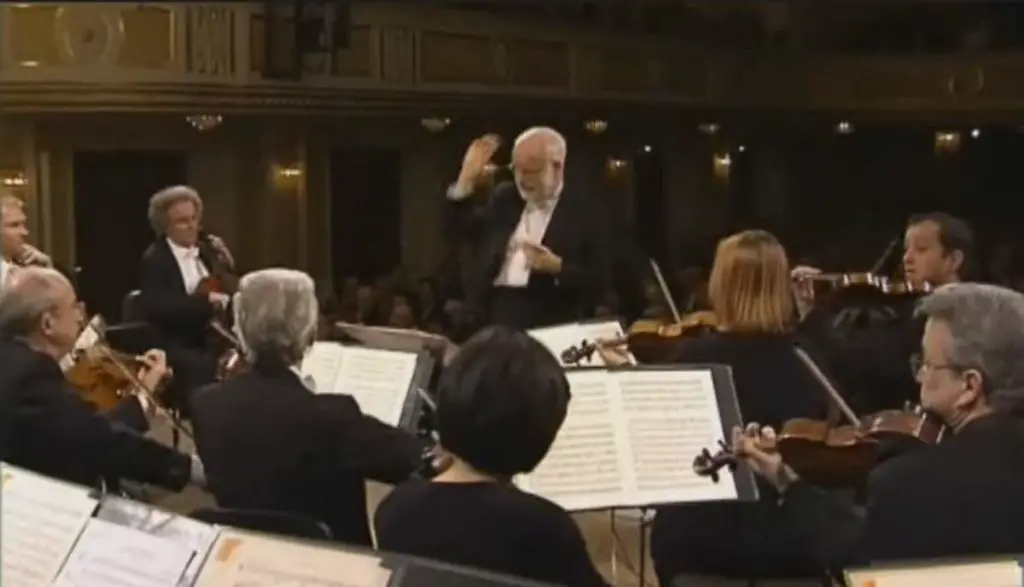Wolfgang Amadeus Mozart’s Symphony No. 22 in C major, K. 162. It was written in April 1773, when the composer was 17 year old. The piece has the scoring of two oboes, two horns, two trumpets, and strings.
Mozart’s Symphony No. 22
Mozart’s Symphony No. 22 in C major, K. 162, was composed in April 1773. This symphony showcases his developing skill in orchestration and classical form. Scored for two oboes, two horns in C, two trumpets in C (used in the first and third movements), and strings, the symphony is bright and lively, typical of Mozart’s early symphonic style. The piece combines the energy of the classical period with Mozart’s own youthful exuberance, creating a work that is both elegant and spirited. Despite its brevity, the symphony demonstrates his talent for balancing lightness with structural sophistication.
Movements
- Allegro assai. The first movement is bold and energetic, featuring a bright and triumphant theme that highlights the brass and strings. The use of trumpets adds a festive and ceremonial character, while the lively rhythms and dynamic contrasts keep the momentum lively and engaging.
- Andantino grazioso (F major). This middle movement is calm and elegant, providing a gentle contrast to the intensity of the first. With its smooth, flowing melody and delicate orchestration, it evokes a sense of grace and refinement, showing Mozart’s ability to create a peaceful, lyrical atmosphere.
- Presto assai. The final movement is fast-paced and exhilarating, making full use of the trumpets to enhance its lively, celebratory feel. The rhythmic drive and rapid string passages propel the music forward, creating a joyful and energetic conclusion that leaves a vibrant, lasting impression.
Sources
- Symphony No. 22 (Mozart) on Wikipedia
- Symphony No. 22 in C major, K.162 (Mozart, Wolfgang Amadeus) on the International Music Score Library website

